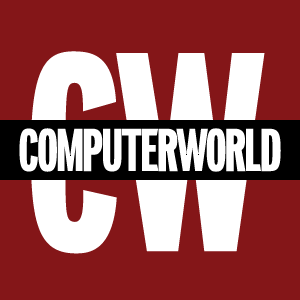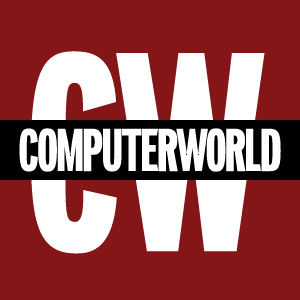
Everyone is talking about the future of work and for good reason. It’s already here.
The nature of work, and the technology that we rely on to do that work, always changes. But the COVID-19 pandemic radically accelerated change, forcing organizations large and small into embracing remote work.
In 2020, millions of people found themselves working from home. And that group includes not just self-directed freelancers, consultants, developers, and marketers who were willing and able to work remotely before the crisis; it now includes managers, CEOs, HR professionals, team leaders, and IT professionals.
For many people, as we move into 2022, the “workplace” is everywhere, populated by a new generation of digital nomads, digital “staymads,” expats, and employees of all kinds demanding, expecting, or benefitting from flexible hours, paid “workations,” co-workations, and sabbaticals.
Pandemic-mandated remote work was the earthquake that triggered a tsunami, one that has washed away the old ways of working. As the waters recede, professionals find themselves questioning everything.
Companies and their leaders have now realized either that remote work actually works for them, or it doesn’t. Employees learned that they love remote work, or they don’t. Either way, everyone learned lessons about how to do more than just get by, but how to actually succeed.
Business and IT leaders quickly found out that existing IT architecture isn’t well suited for the new realities. Our old infrastructure is too complex, too manual, too inflexible—and too insecure.
Security specialists were confronted with an entirely new set of work-from-home cybersecurity vulnerabilities.
HR professionals, managers, division heads, and team leaders quickly found they needed new communication tools and practices. Suddenly, they found themselves unsure of how to manage, mentor, evaluate, and lead remote staff. They’ve heard that the remote work revolution means you can hire globally, but they’re unsure of how to do that, exactly.
Business leaders, accounting staff, lawyers, and others are scrambling to understand the tax, benefit, and labor-law implications of employees who work in other states and countries.
Crucially, remote work stimulated new thinking in the minds of employees. Many realized that quality of life—work/life balance, physical and mental health, an overall sense of purpose, and accomplishment—has become even more important than salary and job security. Millions quit in the Great Resignation. Flexibility became the new bonus, raise, and perk.
Massive economic and societal changes beyond anyone’s control—the pandemic itself, the consumer shift to goods over services, the supply chain crisis (especially the chip shortage), fast-moving geopolitical changes—surfaced the primacy of something we’ve talked about in the abstract for years: agility. What used to be considered a mere business advantage is now a necessity.
Technology will be changing even faster now. More business processes will move to hybrid cloud environments. Automation will accelerate everything. 5G will speed things up. The augmented reality revolution in business is likely, finally, to take off over the next two years. And we humans will be partnering with artificial intelligence as never before.
Don’t think of the future of work as re-engineering to accommodate remote and hybrid workforces. Think of it as the inevitable evolution of work that sheds the old habits and practices rooted in 20th-century technology and thinking. Remote work was merely the accelerant.
Where I’m coming from
My name is Mike Elgan. I’ve been writing and speaking about technology, business, and work culture my whole career.
Most importantly, for the last 16 years, I’ve mainly worked remotely as a digital nomad. I’ve been living internationally and in the future.
During that time, I’ve worked as a freelancer, but also sometimes as a consultant, sometimes as an employee. I’ve worked in offices large and small, led teams large and small, and spent countless hours conversing with, interviewing, and learning from business leaders, IT professionals, and people of every job description.
And now, much of the working world is catching up as we all deal with the myriad, isolated pieces of this once-in-a-lifetime transformation.
This weekly newsletter is where it all comes together—where the connections are made, the context is set, and the invisible trends are made visible. We’ll expose the hype and explore the substance. My goal is for this newsletter to be your map, compass, and North Star for exploring the workplace terra incognita that lies ahead.
Our mission is to prepare you to thrive in this new world—to not just know what’s happening but to understand it and be empowered to act upon it for the benefit of your company, your business objectives, and your career.
The future of work is here. So, let’s get to work.
Next, Read This


